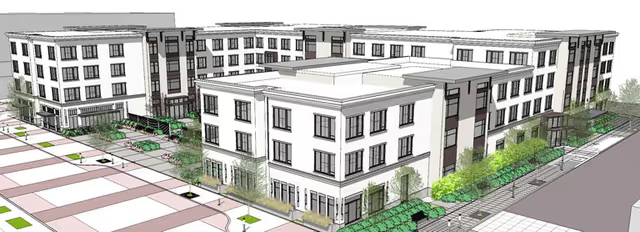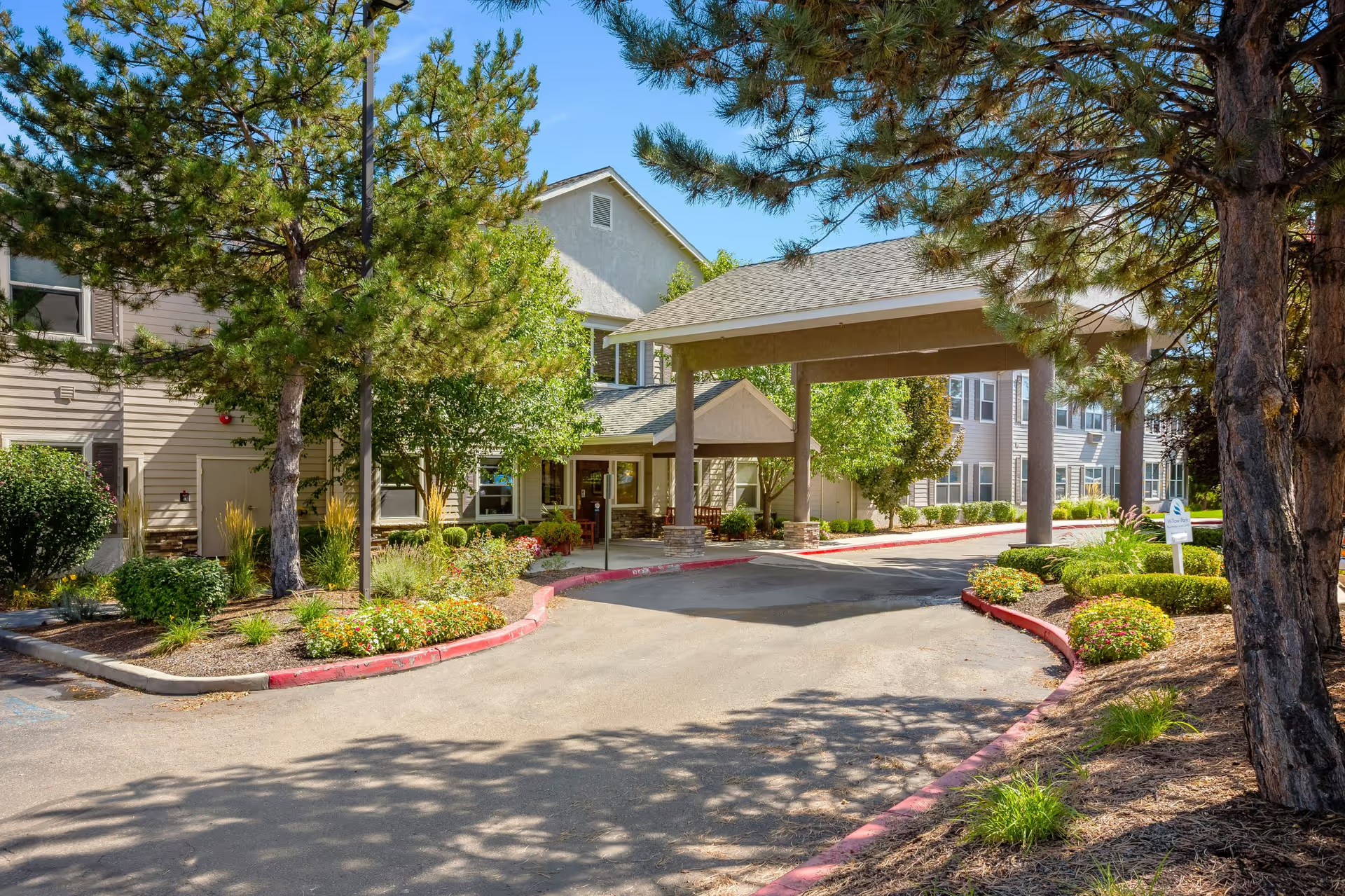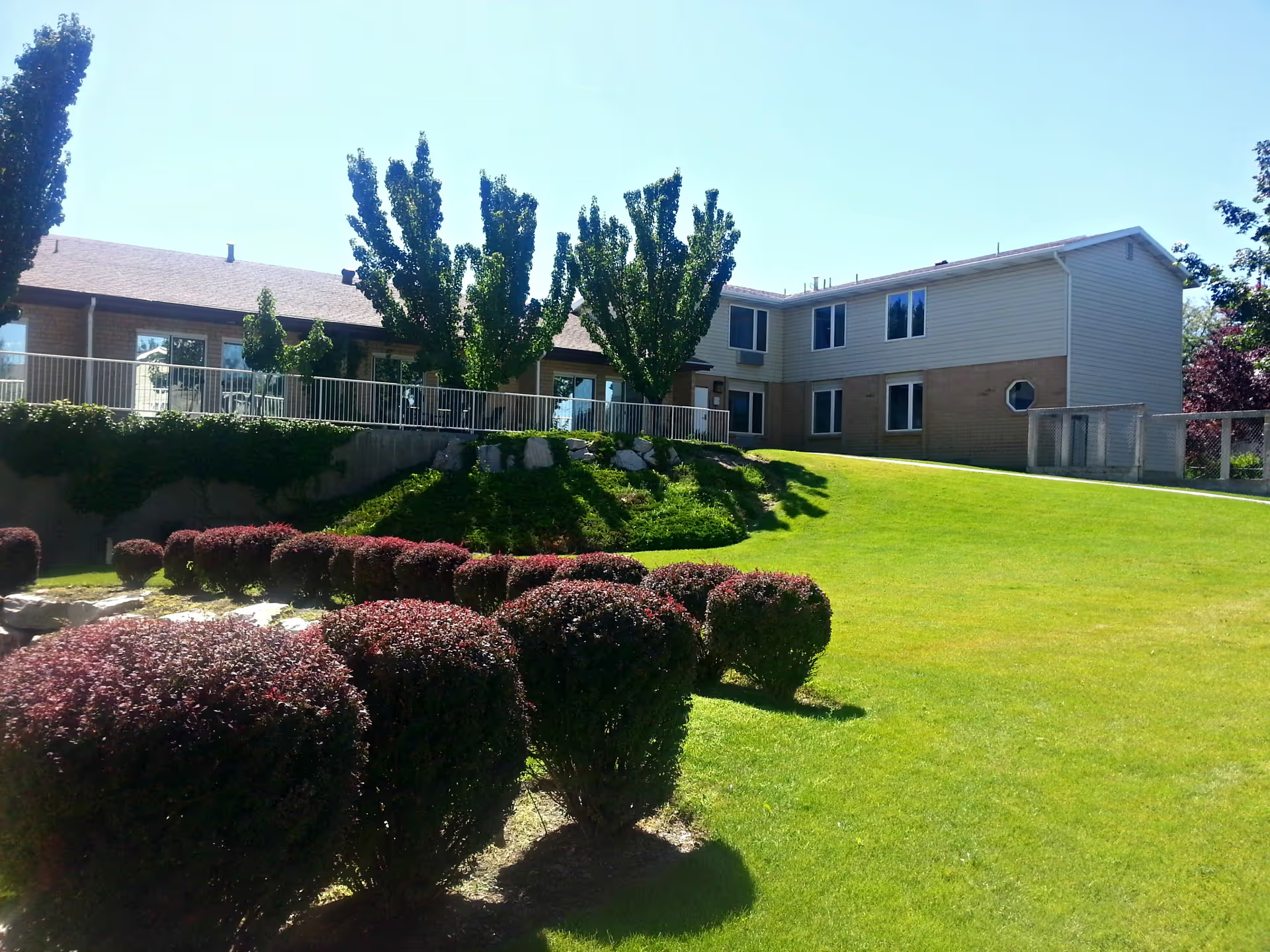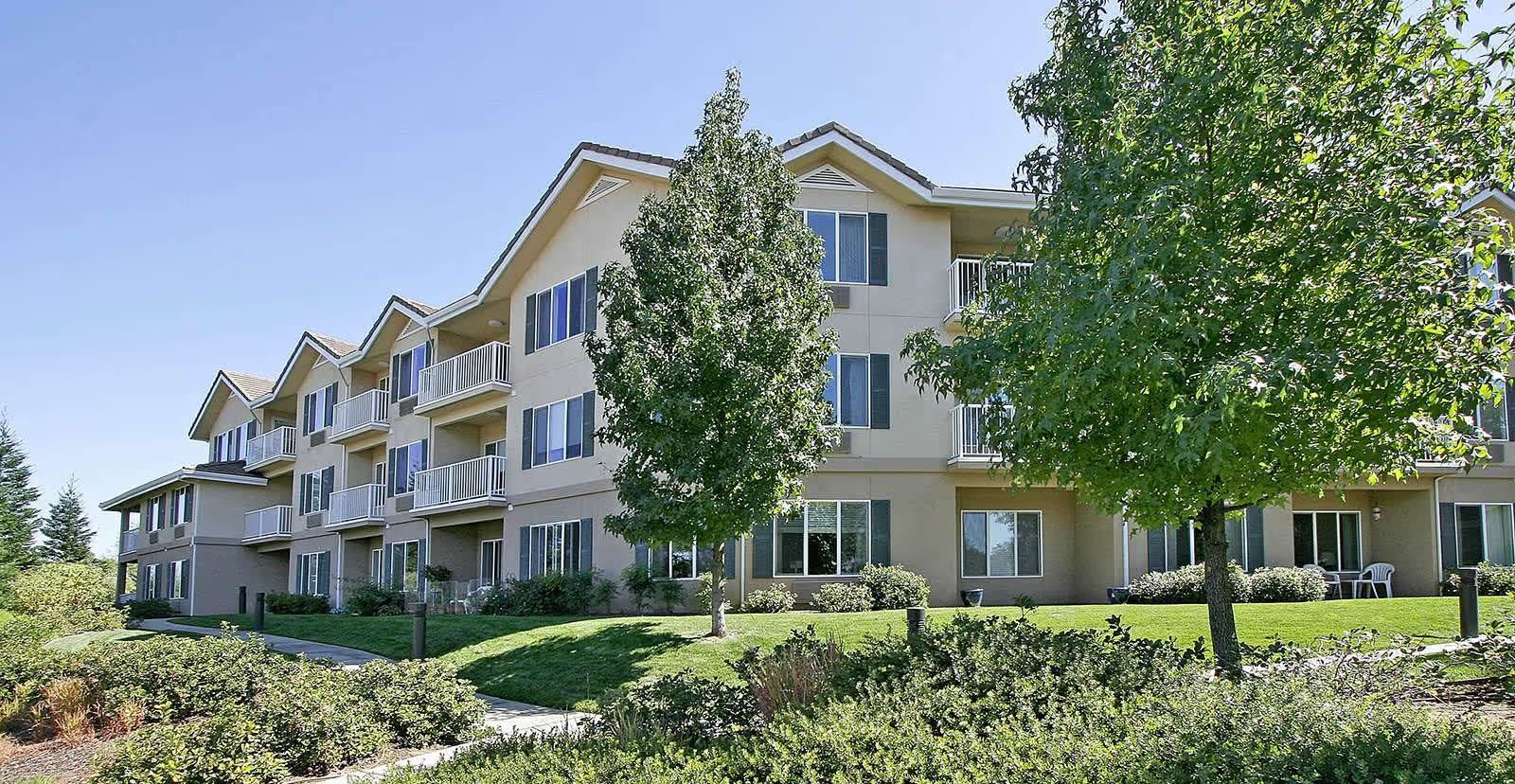Overall sentiment about Fairview Assisted Living & Memory Care is highly polarized. Many reviewers praise the on-the-ground caregiving staff and point to strong, compassionate personal care, while other reviewers report serious clinical and managerial failures. Positive anecdotes emphasize clean facilities, social activities, and staff who demonstrate kindness and go beyond expectations. Negative accounts describe alleged neglect, poor medical monitoring, communication breakdowns, and serious accusations about management and clinical practices. Taken together, the reviews present a facility that can provide very good social and daily-living support for some residents but raises red flags about consistency and clinical oversight for others.
Staff and caregiving: The most consistently cited positive theme is the quality of many front-line caregivers. Multiple reviewers call staff "amazing," "kind," and "welcoming," reporting that caregivers treated residents with warmth and respect, assisted with moves, set up personal electronics, and encouraged socialization. Several reviews single out specific staff (including names) and describe them as going "above and beyond," providing family-like attention and ward-level personal care that brought peace of mind. However, these positive views are offset by reports of inconsistent clinical competency and neglect: reviewers allege caregivers who could not properly take blood pressure, failures to monitor hydration and nutrition, oversedation, and in at least one case an ambulance called at or right after move-in. These contradictions suggest variability in staff skill levels, training, or supervision across shifts.
Care quality, clinical concerns, and hospice: A significant cluster of negative reviews raises clinical concerns. Multiple reviewers allege heavy medication use, overmedication or sedation to the point of catatonia, and poor monitoring that contributed to clinical decline. There are reports of misdiagnosed dementia and at least one reviewer who associated the facility with their loved one’s death and filed grievances. Hospice experiences are described inconsistently: some families report competent, compassionate in-house hospice care, while others describe controversy around in-house hospice and question the decisions made. Because accounts diverge strongly—some reporting excellent hospice care and others reporting problematic care—prospective families should seek specific, current information about hospice partnerships, protocols for medication review, and clinical staffing levels.
Facilities, activities, and daily life: Many reviewers praise the physical environment and activities. Positive comments note a clean facility with no urine odor, spacious apartments (though some call rooms small for the price), an on-site barber/beauty shop, library, community room with pool table and large TV, and patio gardening spaces. Group programming such as bingo, structured walks, bible study, and socialization are highlighted as strengths. These amenities likely contribute to satisfaction for residents who value social engagement and community features.
Dining: Dining receives mixed reviews. Some families describe "delicious" meals and a pleasant smell of fresh-cooked food; others strongly criticize the food quality, describing meals as cold or microwaved and giving examples of very poor offerings. This inconsistency suggests variability in kitchen operations or meal delivery, and prospective families should arrange a meal observation or inquire about menu rotations and food temperature controls.
Management, communication, and billing: Management is a major area of contention. Several reviews allege poor communication, unreturned calls, and a lack of responsiveness from management. Some reviewers report threats of eviction or receiving 30-day notices, billing and Medicaid difficulties, and perceptions of overcharging—"high price for small rooms" and accusations of "ripping off elderly." Others praise the administrative leadership for handling room moves and Medicaid assistance. There are also strongly worded allegations from some reviewers about corruption and even poisoning; while these are reviewer claims and not independently verified here, they underscore deep mistrust among a portion of the reviewers. A recurring recommendation is to conduct thorough research, request documentation, tour the memory-care neighborhoods, and consider engaging a case manager or health care aide to advocate for a new resident.
Patterns, contradictions, and recommendations: The reviews show a clear pattern of polarized experiences. Positive reviews focus on compassionate, individualized caregiving, clean premises, and meaningful activities; negative reviews focus on clinical failures, poor communication, and management issues. The fact that named staff (for example, a manager named Heidi) receives both praise and criticism is emblematic of the inconsistent experiences families report. This inconsistency could be due to variable staffing by shift, changes in management over time, differences between assisted-living and memory-care units, or uneven enforcement of policies.
For prospective residents and families: given the breadth of both highly positive and very negative reports, do a focused, evidence-based investigation before committing. Recommended steps: tour both assisted living and memory-care areas during activity times and meal service; speak directly with multiple frontline staff and shift supervisors; ask for staffing ratios, clinical training credentials, and medication management protocols; request recent inspection reports, records of complaints or grievances, and examples of how eviction or behavioral incidents are handled; clarify hospice arrangements and how outside clinical oversight is coordinated; and review contracts closely for hidden fees and Medicaid billing procedures. Consider engaging an independent case manager or experienced advocate to review clinical care plans and to attend initial meetings. The mixed reviews indicate that Fairview can provide excellent social care and a warm environment for some residents but carries measurable clinical and administrative risks that merit careful due diligence.







